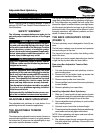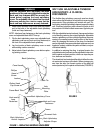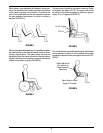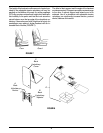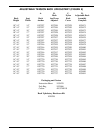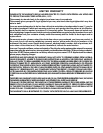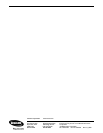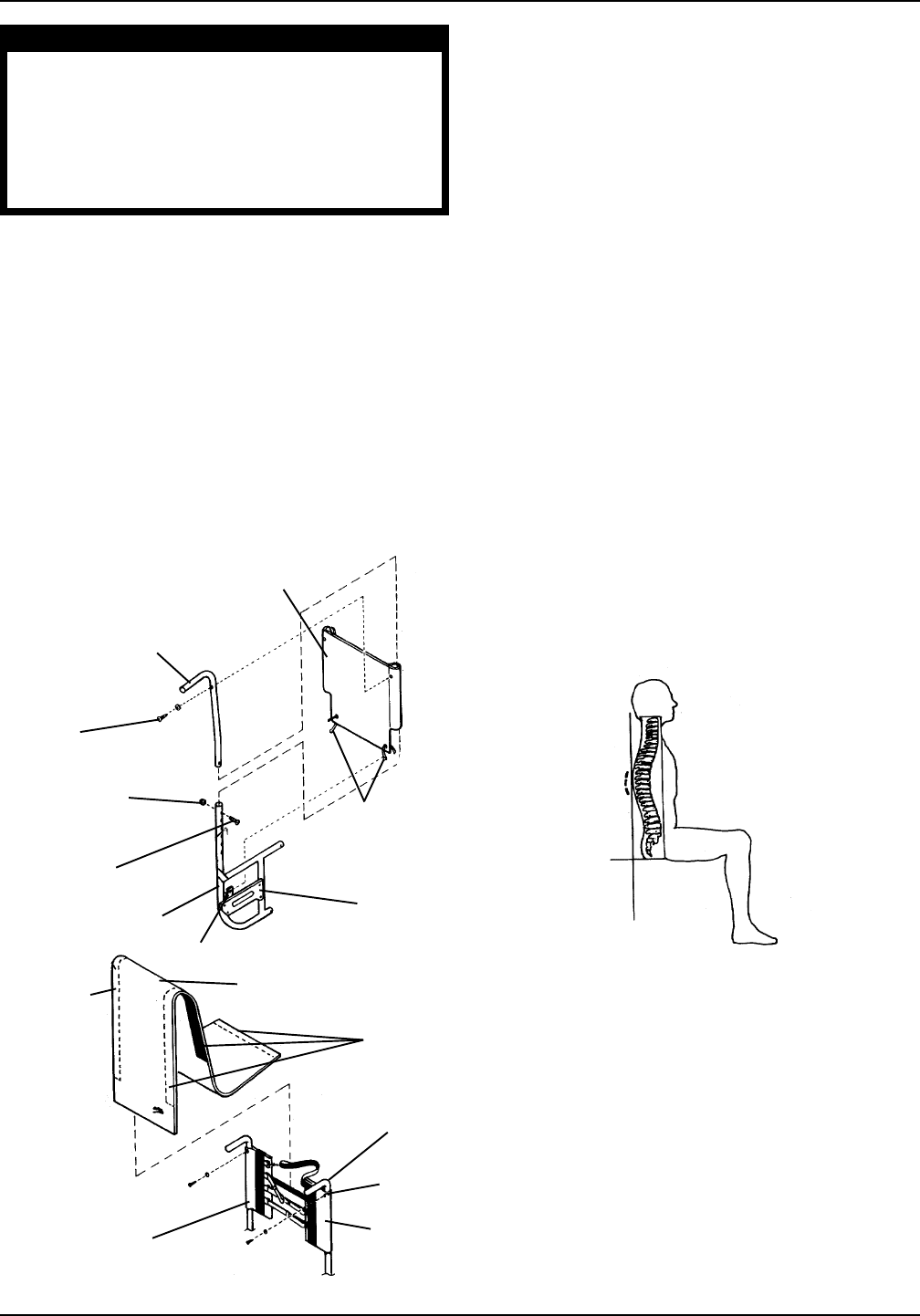
2
WARNINGS
After the adjustable back upholstery has been
positioned to the end user’s individual needs, the
hook and loop fasteners MUST be securely fas-
tened before applying the back upholstery
cover. The adjustable back should be checked
whenever entering the chair to ensure that the
hook and loop fasteners are securely fastened.
6. Attach back upholster cover (hook and loop fasten-
ers) to the back of the adjustable back upholstery
(hook and Loop fasteners).
NOTE: Hook and loop fasteners on the back upholstery
cover and adjustable back MUST line-up.
7. Flip the back upholstery cover over adjustable back
upholstery and secure (hook and loop fasteners) to
the front of the adjustable back upholstery.
8. Lay front portion of back upholstery cover on seat
with existing cushion removed.
9. Adjust slack of back upholstery cover before replac-
ing existing cushion.
WHY USE ADJUSTABLE TENSION
UPHOLSTERY: A CLINICAL
DISCUSSION
The flexible sling upholstery commonly used on wheel-
chairs allows the wheelchair to fold without removing rigid
components. Sling upholstery will stretch with use. Un-
fortunately, stretched upholstery does not support the back
well. Stretched upholstery often allows the pelvis to drift
into posterior tilt while the back assumes a kyphotic pos-
ture.
With the adjustable tension backrest, the sag can be taken
out of the sling restoring the original tightness. Adjustable
tension upholstery can also provide significant improve-
ments to the seated posture and function of the wheel-
chair. By changing the tension of the strap, the backrest
can be adjusted to accommodate back postures such as
kyphosis, lordosis, stabilize the pelvis and back, and pro-
vide lateral stability.
In addition to restoring the sling to original tension, the
adjustable tension backrest can be adjusted to help main-
tain the pelvis and back position, which can improve pos-
ture, balance and function.
The wheelchair backrest should be able to follow the natu-
ral anatomical contours of the back. When viewing a per-
son from the side, the thoracic portion of the back will
extend posteriorly to the pelvis and buttocks (FIGURE 2).
FIGURE 1 - REPLACING EXISTING UPHOLSTERY
Back Upholstery
Cane Handle
Phillips
Head
Screw
Locknut
Button Head
Cap Screw
Frame Back Tube
Tab
Axle
Mounting
Plate
Hook and
Loop
Fasteners
Back Upholstery Cover
Hook and Loop
Fasteners
Back Upholstery
Anchor Loops
Frame
Grommet Hole
Back Upholstery
Adjuster Straps
Cable Tie
FIGURE 2



